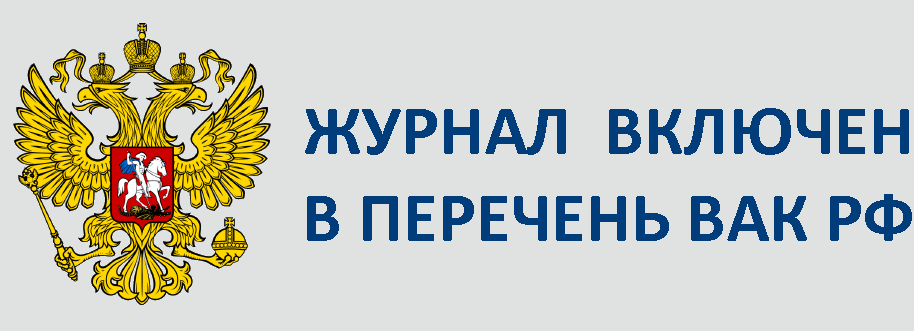№3-2022-08
УДК 004.9+94(47).048
DOI: 10.22281/2413-9912-2022-06-03-70-82
Лохов А.Ю., Еремин Е.И., Нацвин А.В.
ИСТОРИКО-АРХЕОЛОГИЧЕСКОЕ МОДЕЛИРОВАНИЕ АЛБАЗИНСКОГО ОСТРОГА
ПЕРИОДА ВТОРОЙ ОСАДЫ. I
В работе рассматривается технология компьютерной реконструкции утраченного уникального исторического архитектурного комплекса, реализуемая с использованием различных источников по своему содержанию отражающих лишь фрагментарную справочную информацию по исследуемой проблеме. Таким образом, авторами в работе предпринят комплексный подход при воспроизведении уникального облика фортификационного укрепления, максимально соответствующего основной концепции строительства и требованиям, предъявляемым к военным оборонительным сооружениям исследуемого периода. Уникальность данной работы заключается в том, что в качестве инструмента выступает использование современных информационных технологий, которые позволяют не только вернуть утраченный облик первого военно-административного центра Приамурья, но и способствовать проведению перспективных исследований истории освоения Российского Дальнего Востока. В первой части описываемого исследования авторами уже успешно проведена апробация вышеуказанной технологии, по итогам которой были представлены результаты анализа топографических данных и элементарного моделирования крепостной стены Албазинского острога 1686 года постройки. Учитывая общую совокупность полученных данных, авторами предлагается достаточно оригинальная онтологическая модель общего устройства острога. Данная модель предполагает провести сравнение с уже существующими и ранее представленными другими исследователями моделями острога. Что в свою очередь позволяет по-новому взглянуть на исторические события героического противостояния русских первопроходцев и защитников земли русской против многократно превосходящего по численности и вооружению противника, изучить сильные и слабые стороны тактики противоборствующих сторон.
Ключевые слова: онтологический анализ данных, осада, топографическая карта, планиметрическая модель, сажень, земляной вал, «хрящ».
Lokhov A.Yu., Eremin I.E., Natsvin A.V.
HISTORICAL AND ARCHAEOLOGICAL MODELING OF THE ALBAZIN FORT DURING
THE SECOND SIEGE. I
The paper considers the technology of computer modeling of the general structure of a completely lost architectural complex, implemented on the basis of fragmentary reference information. The author’s interpretation of the most reasonable reconstruction of the object under study is presented. The paper considers the technology of computer modeling of a lost unique historical architectural complex, implemented using various sources in their content reflecting only fragmentary background information on the problem under study. Thus, the authors have taken an integrated approach in reproducing the unique appearance of the fortification, which maximally corresponds to the basic concept of construction and the requirements for military fortifications of the period under study. The uniqueness of this work lies in the fact that the use of modern information technologies acts as a tool, which allow not only to restore the lost appearance of the first military-administrative center of the Amur region, but also to promote promising research on the history of the development of the Russian Far East. In the first part of the described study, the authors have already successfully tested the above technology, following which the results of the analysis of topographic data and elementary modeling of the fortress wall of the Albazin fort built in 1686 were presented. Taking into account the general totality of the data obtained, the authors propose a rather original ontological model of the general structure of the prison. This model assumes a comparison with the existing and previously presented by other researchers models of the prison. Russian Russian pioneers and defenders of the Russian land, which in turn allows us to take a fresh look at the historical events of the heroic confrontation of the Russian pioneers and defenders of the Russian land against the enemy who is many times outnumbered and outgunned, to study the strengths and weaknesses of the tactics of the opposing sides.
Keywords: ontological analysis, siege, topographic map, planimetric model, fathom, earthen rampart, «cartilage».
Дальневосточное высшее общевойсковое командное ордена Жукова училище имени Маршала Советского Союза К.К. Рокоссовского (Россия)
Department of tactics Far Eastern higher combined arms command of the order of Zhukov, Marshal of the Soviet Union K. K. Rokossovsky school, Blagoveshchensk, (Russia)
Амурский государственный университет (Россия)
Amur state university (Russia)
Это произведение доступно по лицензии Creative Commons «Attribution-ShareAlike» («Атрибуция — На тех же условиях») 4.0 Всемирная






